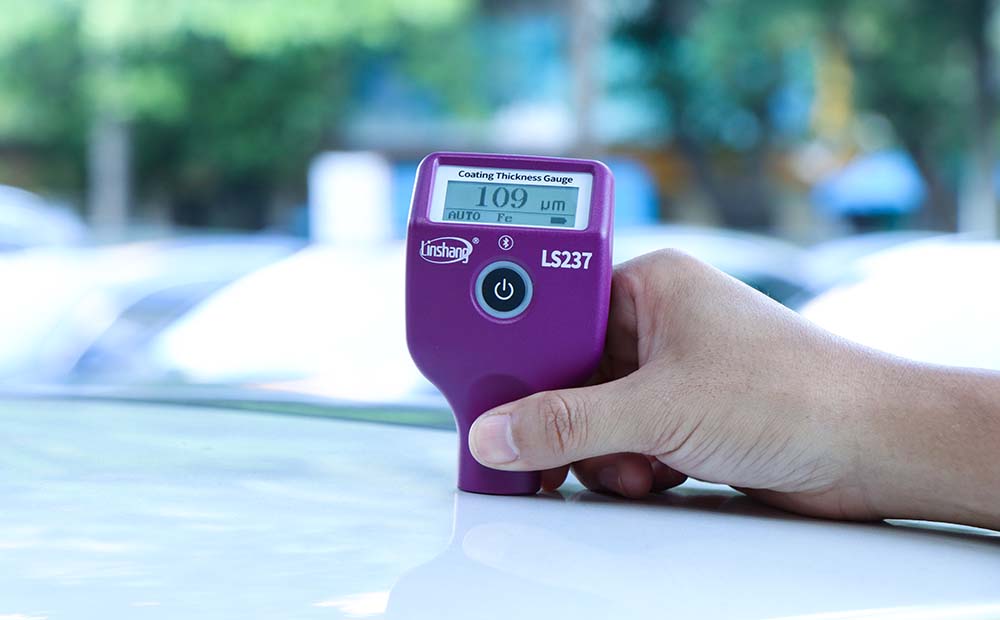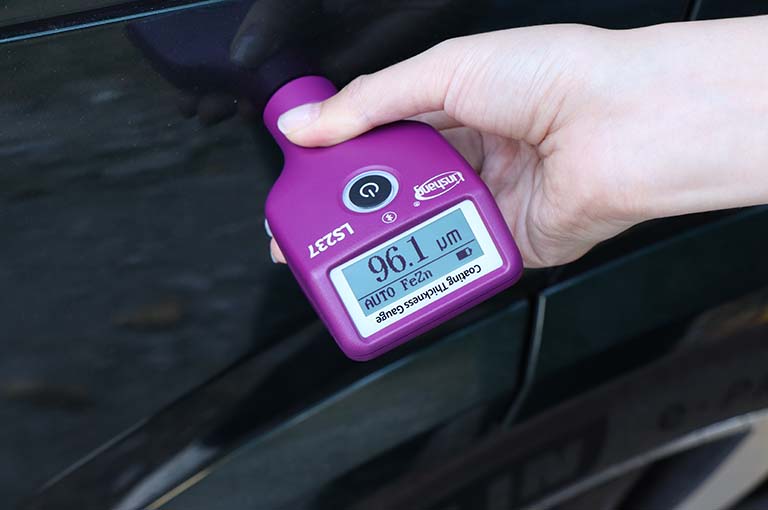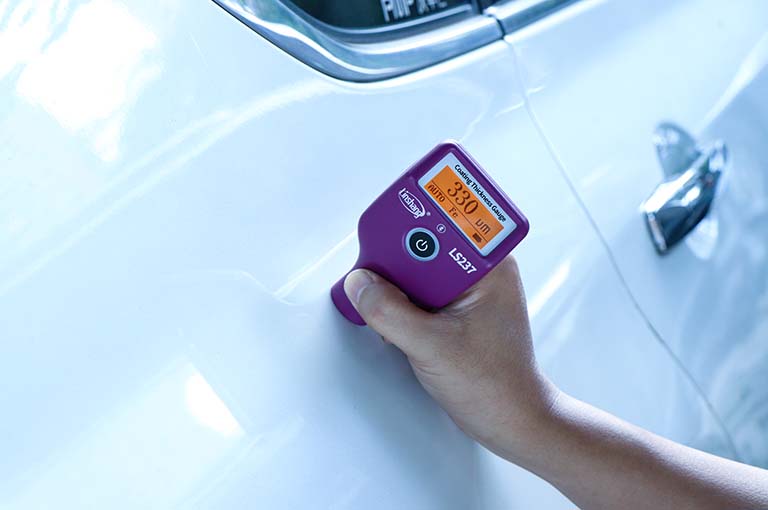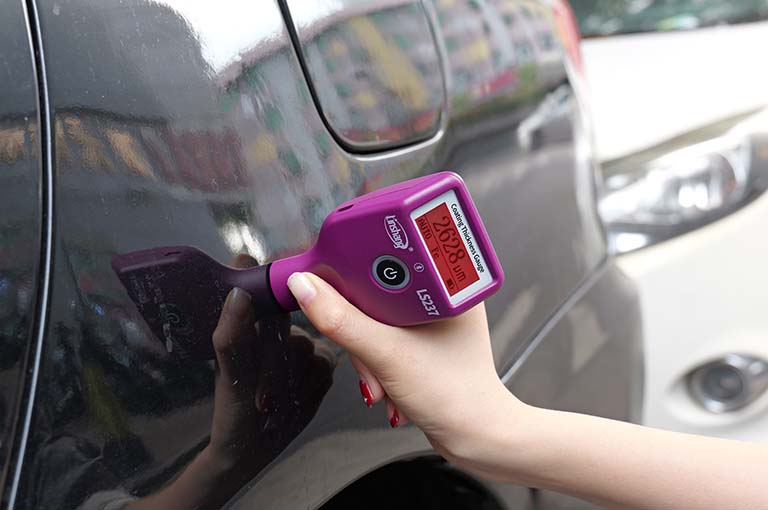What is the thickness of the car's paint to be considered as sheet metal?
After the car has been repaired, it cannot be judged from the appearance of the car. It is necessary to use a car paint meter to test the paint thickness. So what is the thickness of the car paint measured by the car paint meter to be considered a sheet metal pass? And what is sheet metal technology? This article will introduce the above issues in detai.

What is sheet metal?
Sheet metal is a comprehensive cold working process for metal sheets. Including shearing, punching/cutting/compositing, folding, welding, riveting, splicing, forming (such as automobile body), etc. The field of automobile maintenance often uses sheet metal technology for processing. If the appearance of the car body is damaged and deformed, the sheet metal process is required.
Automobile sheet metal mainly includes the following repair methods:
Impact repair: The vehicle body is dented due to an impact, and sheet metal tools and equipment need to be used to restore the dented area to its original shape.
Accident repair: After a vehicle accident, the body may be deformed and damaged. Sheet metal technology can repair the damaged parts. During the sheet metal repair process, rust-proof and anti-corrosion treatments are required on the repaired parts to extend the service life of the vehicle.
Why should we measure whether the car is covered with sheet metal?
When buying a used car, knowing whether the vehicle has had any sheet metal restoration can help estimate the vehicle's overall condition and value. Having undergone sheet metal repair means that the vehicle has been involved in a collision or accident, which will most likely affect the structural integrity and safety of the vehicle. Inspecting your vehicle for signs of sheet metal repair can identify potential problems promptly and take appropriate maintenance or repair steps.
How much does it exceed to be considered as sheet metal?
It is normal for the thickness of car body paint to be between 100-150 microns. Some Japanese cars are relatively thin, and it is normal for Japanese cars to be between 50-100 microns. If the paint thickness is above 350 microns, the car has most likely undergone sheet metal repairs. It is also very simple to detect whether the car body has been repaired by sheet metal. You only need to use a paint film meter to measure the thickness of the car's paint.
Here we recommend the Linshang LS237 car paint meter. The instrument has a three-color backlight and a three-color indicator light. Generally, the car paint is measured to be below 170 microns. If the instrument has a white backlight, it can be judged that the car has not been repainted; if the measured paint is between 170 and 350 microns, the instrument has a yellow backlight and the button indicator lights show yellow twice, which means the car has been lightly repainted; if the measured paint thickness is above 350 microns, the instrument has a red backlight and the button indicators show red twice , it is determined that the car may have undergone sheet metal repair. Since different brands of car paint have different thicknesses, you can measure the data on the roof as a reference.

Paint film meter measuring car roof

White backlight

Yellow backlight

Red backlight
If you have more questions about how to use the car paint meter or the specific conditions of sheet metal repair, please feel free to consult!
- What is CIE Lab color model & color analyzer?
- Paint Thickness Tester Principles
- How to Detect the Bolt Plating Thickness with Plating thickness Gauge?
- How to Improve the Surface Gloss of Food Packaging?
- Importance of UV Intensity Detection in UV Curing
- The difference between the LS101A and LS181 window tint meter